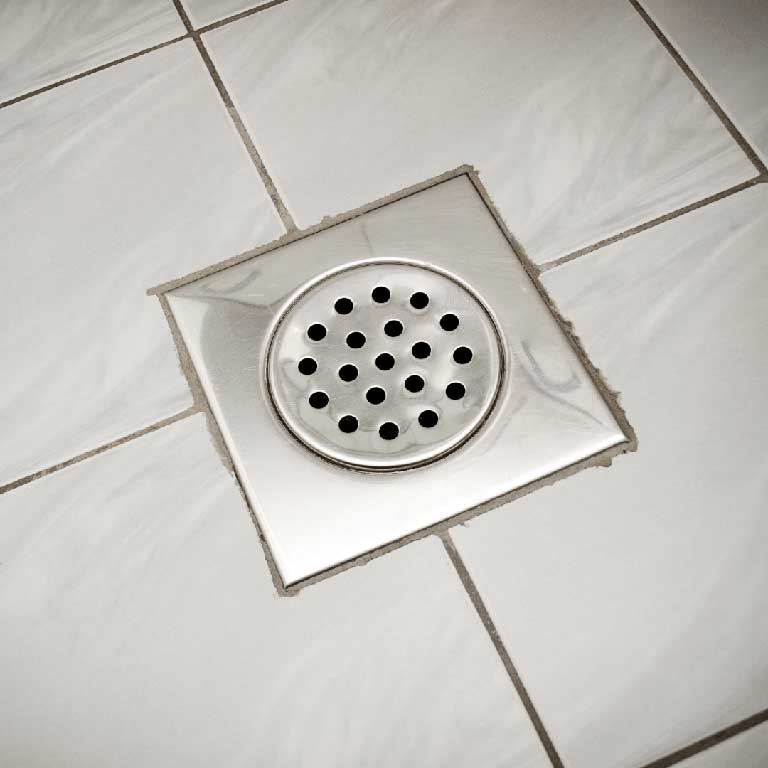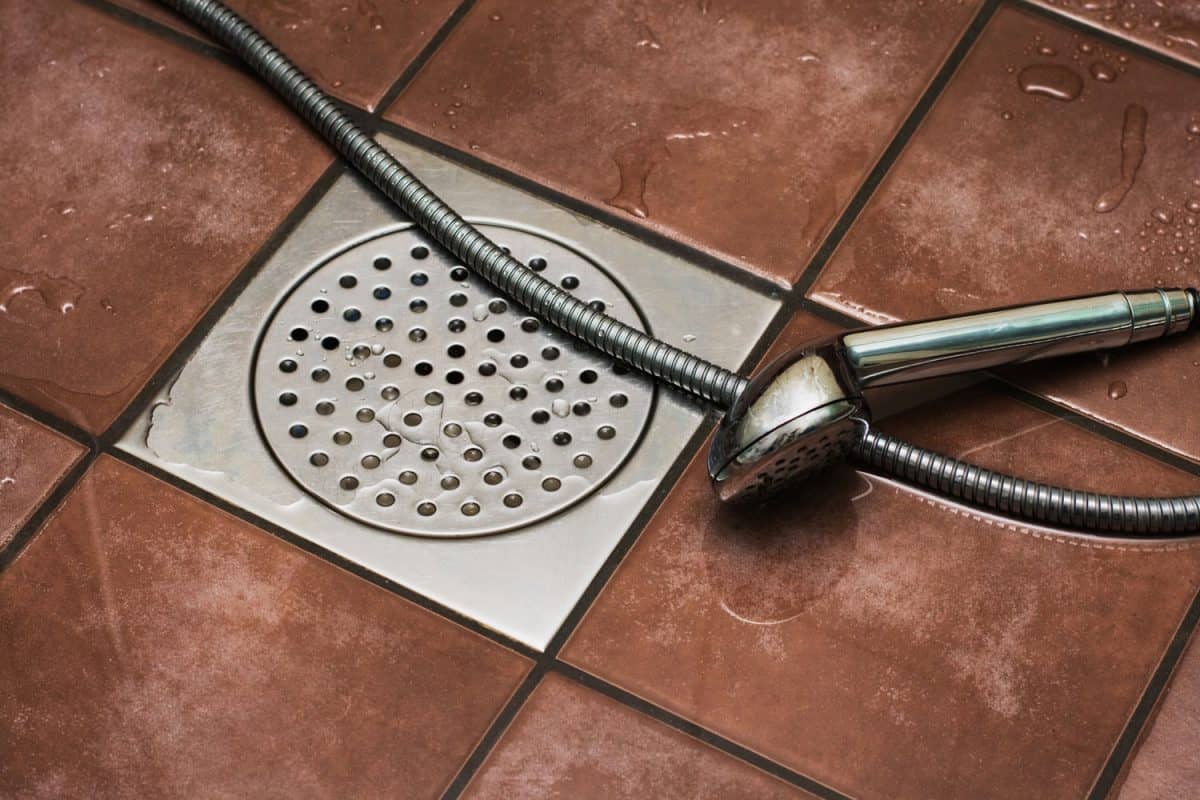Building Codes and Regulations: Are Floor Drains Required In Public Bathrooms

Floor drains in public bathrooms are a critical safety and hygiene feature, and their installation is strictly regulated by building codes and regulations. These codes vary depending on the region, but they all aim to ensure the safety, health, and accessibility of the building occupants.
Building Codes and Regulations for Floor Drains
Building codes and regulations related to floor drains in public bathrooms are designed to ensure the safety, health, and accessibility of the building occupants. These codes typically address aspects such as:
- Location and Size: Codes specify the location and size of floor drains based on the size and type of the bathroom, as well as the anticipated water flow.
- Materials and Construction: Regulations specify the materials and construction of floor drains to ensure their durability, corrosion resistance, and ability to handle the intended load.
- Drainage System: Codes Artikel the requirements for the drainage system connected to the floor drain, ensuring proper waste removal and preventing backflow.
- Accessibility: Regulations address the accessibility of floor drains for people with disabilities, ensuring they are easily accessible and operable.
- Maintenance: Codes may specify maintenance requirements for floor drains, including regular cleaning and inspection, to ensure their proper functioning.
Examples of Building Codes and Regulations
Different regions have their own building codes and regulations. Here are some examples:
- International Building Code (IBC): The IBC is a widely adopted building code in the United States. It specifies requirements for floor drains in public bathrooms, including their location, size, materials, and drainage system.
- National Plumbing Code of Canada (NPC): The NPC sets standards for plumbing systems in Canada, including floor drains in public bathrooms. It Artikels requirements for their installation, materials, and drainage systems.
- Australian Standards (AS): Australian Standards specify requirements for floor drains in public bathrooms, including their location, size, materials, and drainage systems.
Rationale Behind Regulations
The rationale behind these regulations is to address safety, hygiene, and accessibility concerns:
- Safety: Floor drains are essential for preventing water accumulation on the floor, which can lead to slips, trips, and falls. They also help to prevent the growth of mold and mildew, which can pose health risks.
- Hygiene: Floor drains help to remove wastewater and debris from public bathrooms, reducing the risk of contamination and promoting a clean and healthy environment.
- Accessibility: Floor drains should be designed and installed to be accessible for people with disabilities. This includes ensuring they are located in accessible areas and are easy to operate.
“Floor drains are essential safety and hygiene features in public bathrooms. They play a crucial role in preventing water accumulation, promoting cleanliness, and ensuring accessibility for all users.”
Types of Floor Drains and Their Applications

Public bathrooms require floor drains to effectively manage water and waste, ensuring a hygienic and safe environment. Choosing the right type of floor drain is crucial, as it directly impacts drainage efficiency, maintenance, and overall bathroom functionality. This section explores various floor drain types commonly employed in public bathrooms, their features, benefits, and suitability for different bathroom layouts and traffic patterns.
Types of Floor Drains
Floor drains come in various designs, each catering to specific drainage requirements and bathroom layouts. Here’s a breakdown of common types:
- Traditional Floor Drain: These are the most basic type, featuring a simple grate covering a drain opening. They are cost-effective and suitable for light-duty applications, such as residential bathrooms. However, they may not be ideal for heavy traffic or areas prone to debris accumulation.
- Linear Floor Drain: Linear drains offer a sleek and modern aesthetic, consisting of a long, narrow channel with a grate running along its length. They are highly effective in handling large volumes of water, making them suitable for areas with high traffic, such as shower stalls and large public bathrooms.
- Slotted Floor Drain: Slotted drains feature a narrow, rectangular opening with a grate covering the slot. They are often chosen for their discreet appearance, blending seamlessly with the floor surface. Slotted drains are suitable for areas with moderate traffic and limited debris accumulation.
- Point Drain: Point drains are compact and typically found in smaller bathrooms or areas with minimal water flow. They are often concealed beneath a floor tile or cover, providing a clean and uncluttered look.
Factors to Consider When Selecting a Floor Drain
Choosing the appropriate floor drain type depends on several factors, including:
- Traffic Flow: High-traffic areas require drains with high capacity and durability, such as linear drains. Areas with moderate traffic can opt for slotted drains or traditional drains.
- Waste Type: Floor drains should be able to handle the type of waste generated in the bathroom. For example, shower drains may require a larger opening to accommodate hair and soap residue.
- Aesthetic Considerations: The chosen drain should complement the overall bathroom design. Linear drains offer a modern look, while traditional drains provide a classic appearance.
- Installation Requirements: The chosen drain should be compatible with the existing plumbing system and floor materials.
Examples of Floor Drain Applications, Are floor drains required in public bathrooms
- Shower Stalls: Linear drains are ideal for shower stalls due to their large capacity and ability to handle high water flow. They can be installed along the wall or in the center of the shower floor.
- Public Restrooms: Linear drains are also suitable for public restrooms, as they can effectively manage the high volume of water and waste generated by multiple users.
- Commercial Kitchens: Traditional floor drains with large openings are commonly used in commercial kitchens to handle spills and grease.
- Pool Decks: Slotted drains or point drains are often used in pool decks to drain excess water and prevent slipping hazards.
Comparison of Floor Drain Effectiveness
- Water Flow: Linear drains excel in handling large volumes of water due to their wide surface area. Slotted drains are suitable for moderate water flow, while traditional drains may struggle with heavy flow.
- Waste Handling: Linear drains are effective in handling debris due to their large opening and open design. Slotted drains may require more frequent cleaning to prevent clogging, while traditional drains can be prone to clogging if not properly maintained.
- Maintenance: Linear drains are generally easier to clean and maintain due to their open design. Traditional drains may require more effort to clean, especially if debris accumulates in the drain opening.
Are floor drains required in public bathrooms – Floor drains are essential in public bathrooms to prevent flooding and maintain hygiene. While they might not be the most glamorous bathroom feature, they play a crucial role in ensuring a safe and sanitary environment. For those seeking a more exciting bathroom aesthetic, consider incorporating race car bathroom accessories into your design.
From checkered floor mats to steering wheel towel racks, these playful additions can add a touch of personality without compromising the functionality of the floor drain.
While floor drains are crucial for maintaining hygiene in public bathrooms, they also present an opportunity to enhance the aesthetic appeal of the space. Incorporating sustainable and stylish elements, like those found in bamboo bathroom accessories nz , can elevate the overall design.
Bamboo’s natural warmth and eco-friendly nature complement the functionality of floor drains, creating a welcoming and responsible environment.